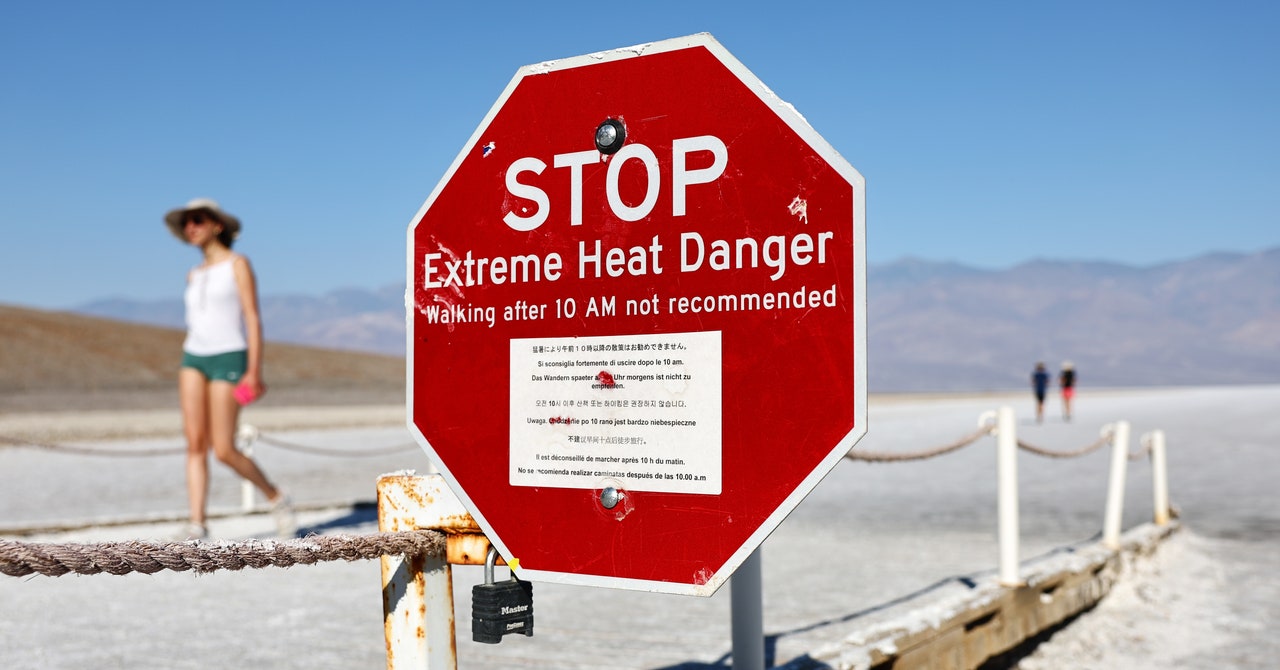
This story originally appeared on Vox and is part of the Climate Desk collaboration.
A 4-month-old died in Arizona as temperatures climbed into triple digits. A 2-year-old died in a hot car, also in Arizona. At least four people have died from heat-related illnesses in Oregon. One motorcyclist died and others were sickened riding through Death Valley as temperatures reached a record 128 degrees Fahrenheit.
These are some examples of the dangers of extreme heat just in the past week. As the climate grows hotter and extreme heat becomes our new normal, the summer will continue to bring reminders that high temperatures are a sinister threat.
And hot weather has already proven even more devastating in other countries. At least 30 people in Pakistan, more than 100 people in India, and more than 125 in Mexico have died due to heat waves this year. At the annual hajj pilgrimage in Saudi Arabia, extremely hot weather played a role in the deaths of more than 1,300 people. According to the World Health Organization, heat stress is the leading cause of weather-related fatalities, and as global average temperatures rise, the risk is mounting.
It’s odd then that in so many aspects of our culture, we view severe heat as something that should be willingly embraced, bravely endured, blithely ignored, or in the case of some marginalized communities, entirely deserved.
Our books, movies, TV shows, common tropes, idioms, and social media often reinforce the idea that heat is something that—with enough mental acuity—we can overcome. But because of climate change, “pushing through” the heat is something we can no longer physically do. It’s just simply not possible in some parts of the world as temperatures rise past the point of practical survival.
We’ve already passed the point at which the millions of Americans who work outdoors in the summer, or who spend significant amounts of recreational time outside, can do so safely without regular access to shade and hydration—and increasingly even that isn’t enough. Yet ironically the more we rely on air conditioning and other human-made cooling systems for relief, the more we detach ourselves from the urgency of the issue.
It doesn’t help that heat itself, outside of an emergency like a wildfire, isn’t an immediate problem. It sneaks up on us, gradually inducing health problems over a number of hours, during which everything may seem fine—until it isn’t.
It’s worth examining our attitudes about heat: where they come from, what kinds of built-in biases they might hold, and why it’s so hard to let go of the idea that failure to adapt to extreme heat is some kind of personal failing—even in a global heating crisis.
No one has to be miserably hot, and certainly no one has to die.
All Our Narratives About Heat Are About Breaking Through It. What if We Can’t?
We don’t question the necessity of heating during the winter. Why, then, do we consider cooling during the summer a luxury? Even after the hottest year on record and likely the deadliest year for extreme heat, the policies needed to cope with hot weather are alarmingly weak in the US, if they exist at all. For instance, the Occupational Safety and Health Administration (OSHA), the federal agency in charge of workplace safety, is only this year beginning to put together federal workplace safety standards for extreme heat despite workers around the country regularly dying on the job due to high temperatures for years.
How did we get here? The delay in developing federal protections for workers exposed to the heat might be tied to the idea that if they couldn’t take it, it’s because they weren’t tough enough—a literal application of “if you can’t take the heat, stay out of the kitchen” and a deeply embedded cultural trope.
Services Marketplace – Listings, Bookings & Reviews
